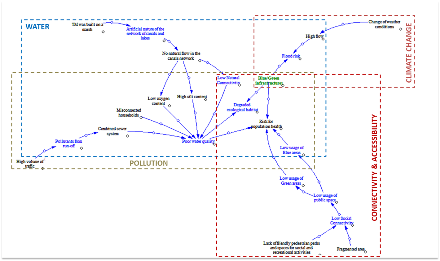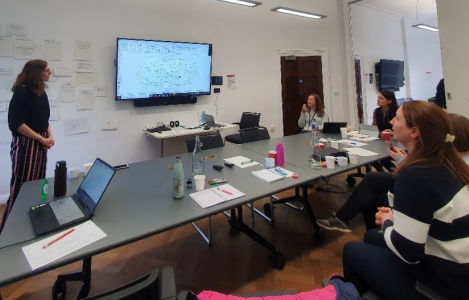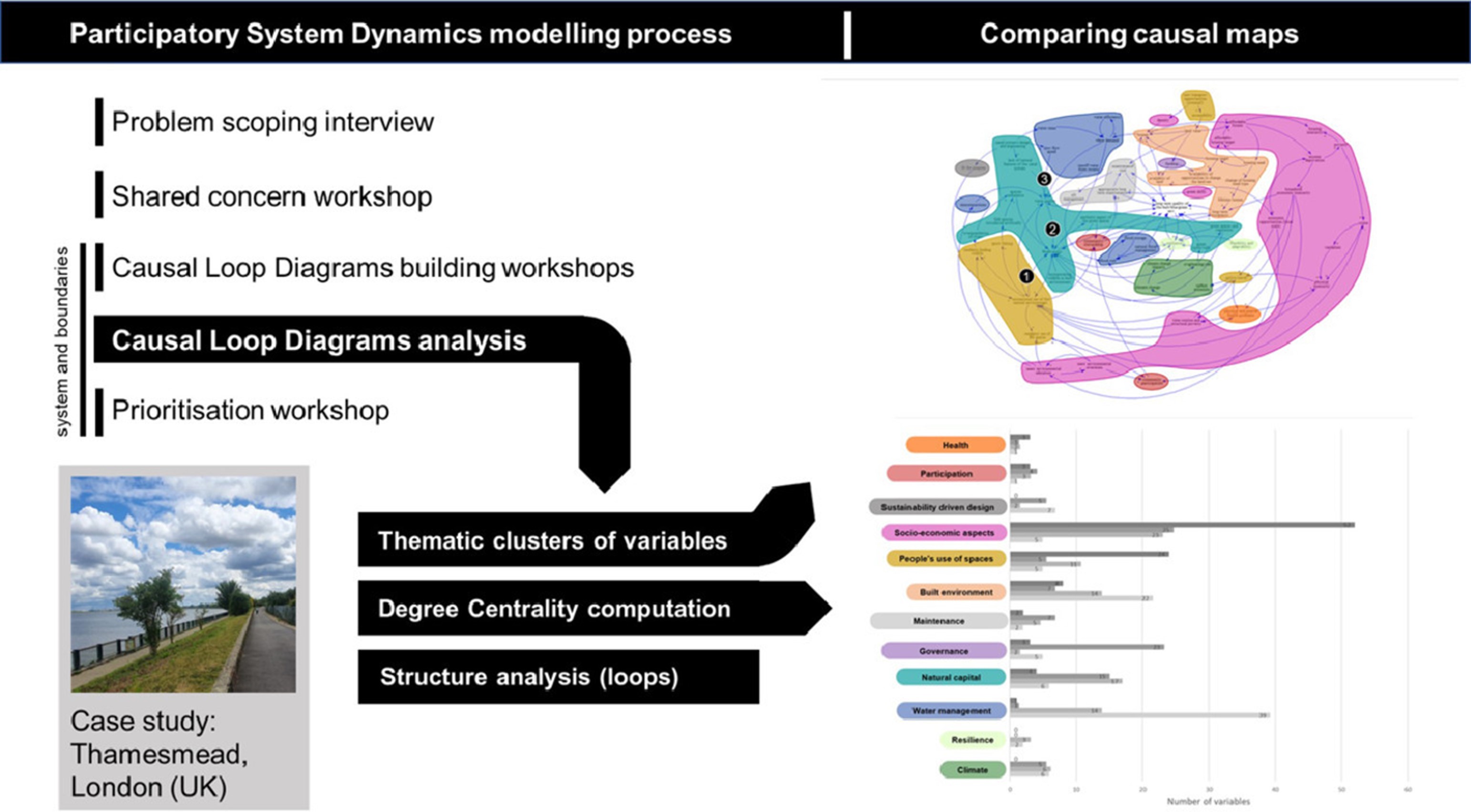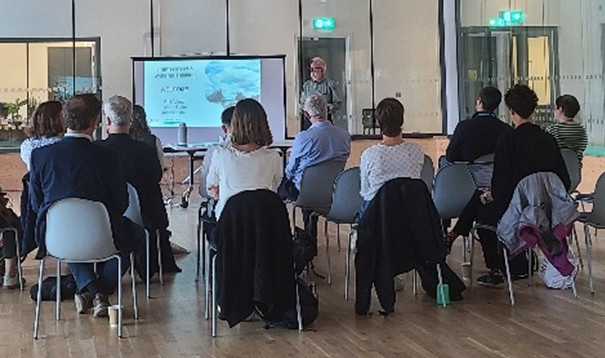Make a difference
Examples of how people have come together to tackle complex water challenges
Communities in action
Learn how London communities, companies and authorities have worked together to make a difference

Working together to solve complex issues
There are a number of ways that stakeholder groups have been working together to solve complex issues. We have collated case studies and tested resources to support collaboration going forward.
Examples include how citizens how worked with water companies to solve water quality issues and how you can organise with your local group to take action.

Citizen science
Discover applications that facilitate the collection of data about London's water environment.

Engineering design and decision-making
Putting communities at the heart of engineering design and decision-making to create resilient and sustainable environments under conditions of uncertainty
Integrated Modelling Approaches
Integrated water management
Integrated water management
Water cycle components are connected physically by climate inputs and upstream-downstream interactions through a natural hydrological system. Furthermore, a water system is connected by land planning (urban and rural), which directly influence operational and long-term decisions on water abstractions, use and discharges.
Finally, water management and planning decisions alter a range of flow and water quality indicators, which need to be analysed to assess any potential trade-offs or co-benefits of proposed interventions. The consequences of not considering the integration in water management result in a range of unintended outcomes, such as overexploitation of water resources, and increased damage from, and pollution of, water systems.
WSIMOD ➝
Informing London's subregional water strategy ➝
System Dynamics Modelling
In this section of the Water Information Hub, we present a series of System Dynamics (SD) approaches for water challenges in London. The first section includes a series of Tools in the shape of SD models simulating people’s Use of Natural Space, Natural Space Performance, or Urban Flood Resilience. The second section covers different methods to address water-related issues in collaborative working. Some of these methods include developing a shared concern, developing qualitative SD models (i.e., Causal Loop Diagrams) in a participatory way, comparing the resulting qualitative models of different stakeholder groups with each other, or testing strategic options in a simulation environment. Leveraging SD models enabled CAMELLIA to simulate and analyse diverse scenarios and, therefore, inform decision-making processes.

Developing a Shared Concern
Bringing together key institutional stakeholders to jointly identify a shared concern.

Participatory System Dynamics Modelling (Causal Loop Diagrams)
A series of participatory modelling activities were carried out to build causal loop diagrams (CLDs) around the identified shared concern to capture the system boundaries for each group of stakeholders, including residents, housing developers and local planning authorities.
Participatory System Dynamics Modelling ➝

Comparing Qualitative Models
An analysis and comparison of how different groups of stakeholders perceive the same issue, portrayed through impactful visualisation techniques.
Comparing Qualitative Models ➝

Simulation-based Strategy Development
A series of participatory System Dynamics modelling activities carried out to develop a simulation model and related interface, focused on people’s Use of urban natural Space (UoS). The UoS model has been used by a group of stakeholders to collaboratively test scenarios and strategies around the case study of Thamesmead, London, United Kingdom.
Simulation-based Strategy Development ➝